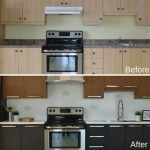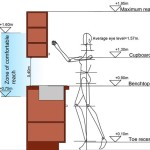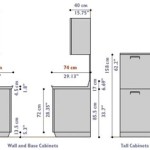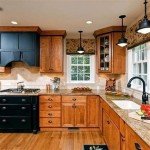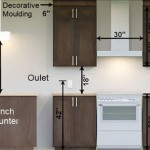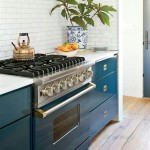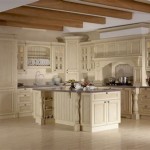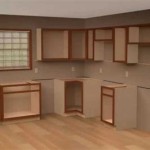What Is Normal Kitchen Cabinet Depth?
Kitchen cabinet depth is a crucial factor to consider when designing a functional and aesthetically pleasing kitchen. Understanding the standard depths and the reasons behind them helps ensure optimal storage space, accessibility, and overall kitchen efficiency.
In this article, we will explore the essential aspects of kitchen cabinet depth, including standard measurements, factors influencing depth, and the impact on kitchen layout and functionality.
Standard Kitchen Cabinet Depth
The most common kitchen cabinet depth is 24 inches. This depth accommodates a wide range of cookware, appliances, and kitchenware, ensuring adequate storage capacity while leaving ample space for countertops and appliances.
However, there are variations in cabinet depth depending on specific requirements:
- Base cabinets: Typically 24 inches deep to align with standard countertop overhang and provide ample knee space.
- Wall cabinets: Usually 12 inches deep to maximize storage without obstructing countertop space or creating a bulky appearance.
- Corner cabinets: Vary in depth to accommodate the angle of the corner and provide accessible storage.
Factors Influencing Kitchen Cabinet Depth
Several factors influence the choice of kitchen cabinet depth:
- Kitchen size: Smaller kitchens benefit from shallower cabinets to avoid overcrowding, while larger kitchens can accommodate deeper cabinets for increased storage.
- Foot traffic: Adequate aisle space is essential for comfortable movement. Deeper cabinets can reduce aisle width, especially in narrow kitchens.
- Storage requirements: The amount and type of items to be stored determine the necessary cabinet depth.
- Countertop overhang: A cabinet depth that aligns with the standard countertop overhang of 1.5 inches is preferred for optimal countertop space and aesthetics.
- Appliance dimensions: Some appliances, such as refrigerators and ovens, have specific depth requirements to function properly.
Impact on Kitchen Layout and Functionality
Cabinet depth significantly impacts kitchen layout and functionality:
- Storage efficiency: Deeper cabinets provide more storage capacity but may reduce accessibility.
- Accessibility: Shallower cabinets offer easier access to contents, particularly in upper cabinets.
- Aesthetics: A balanced depth between base and wall cabinets creates a harmonious visual appearance.
- Space planning: Cabinet depth influences the overall kitchen layout, including aisle width and countertop space.
Conclusion
Understanding the essential aspects of kitchen cabinet depth empowers homeowners and designers to create functional and aesthetically pleasing kitchens. By considering standard measurements, influencing factors, and the impact on layout and functionality, informed decisions can be made to optimize storage space, enhance accessibility, and achieve a cohesive kitchen design.

Kitchen Cabinet Sizes What Are Standard Dimensions Of Cabinets

Proper Depth For Frameless Cabinets

Standard Kitchen Counter Depth Hunker Cabinet Dimensions Cabinets Height

N Standard Kitchen Dimensions Renomart

Kitchen Cabinet Dimensions

Standard Cabinet Dimensions
Guide To Kitchen Cabinet Sizes And Dimensions

Kitchen Cabinet Dimensions Size Guide

Standard Kitchen Cabinet Sizes And Dimensions Guide
Guide To Kitchen Cabinet Sizes And Dimensions
Related Posts

